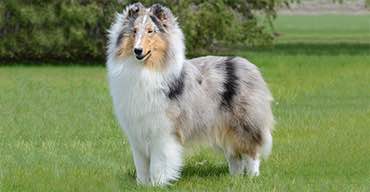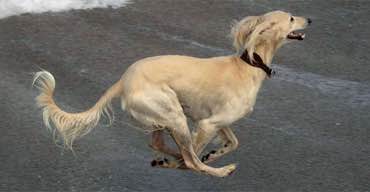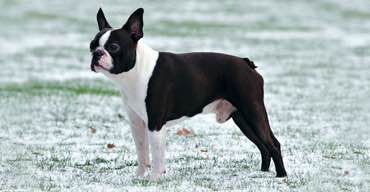Choosing a Breed
The most pleasurable step in selecting a new puppy is choosing a breed. The CKC recognizes 187 breeds, which are sorted into seven groups. "Listed" breeds are in the process of gaining full CKC recognition. Each breed has their own unique natural instincts and characteristics. So do some research and narrow your choices down to two or three breeds suited to your lifestyle, then get as much information as you can before making a final choice.
Most importantly, you will need to experience your selected breed first hand. You can visit one of the many CKC events held throughout Canada each year to experience the dogs without any commitment. While there, chat with the owners and breeders. People are generally willing to provide information and give you the firsthand experience you may need. A CKC Calendar of Events is posted on our website or you can call 416-674-3699.
One advantage of purebred dogs is that the qualities of each generation (size, coat, temperament, etc.) are passed on to the next. All breeds are different, however, so consider the following from the point of view of a mature dog when developing your short list:
Size
Determines space requirement
Coat Type
Determines grooming time needed
Energy Level
Determines space requirement and exercise needs
Original Purpose
Indicates instinctive activity (i.e., barking, protecting, retrieving, etc.)
Temperament
Determines obedience needs, level of independence or attachment, aggressive or passive nature, etc
Allergies
Some breeds cause less suffering for allergy patients

Bred to control a variety of livestock, Herding dogs have been developed to be well suited for their special functions.

Hound breeds are split into two factions – those long-limbed canines that hunt by sight (aptly enough referred to as sighthounds or, occasionally, gazehounds) and those that hunt by scent, not surprisingly called scent hounds.

When a breed didn’t quite seem to fit in any other group, it became part of the Non-Sporting crew. The varied group includes three bull breeds, a number of Spitz breeds, three Tibetan breeds, three Poodle varieties, and more.

For many centuries, Sporting breeds have been employed to find, flush out and retrieve game birds.

From the Latin word terra‚ meaning “earth,” comes the name “terrier,” an appropriate appellation for dogs bred to “go to earth” or dig after vermin and small game.

A few Toys were bred with a particular purpose in mind, such as decimating the rodent population, while others were primarily pampered lap dogs.

These breeds have a job to do. Some pull sleds or carts while others guard livestock, homes, businesses or military installations.